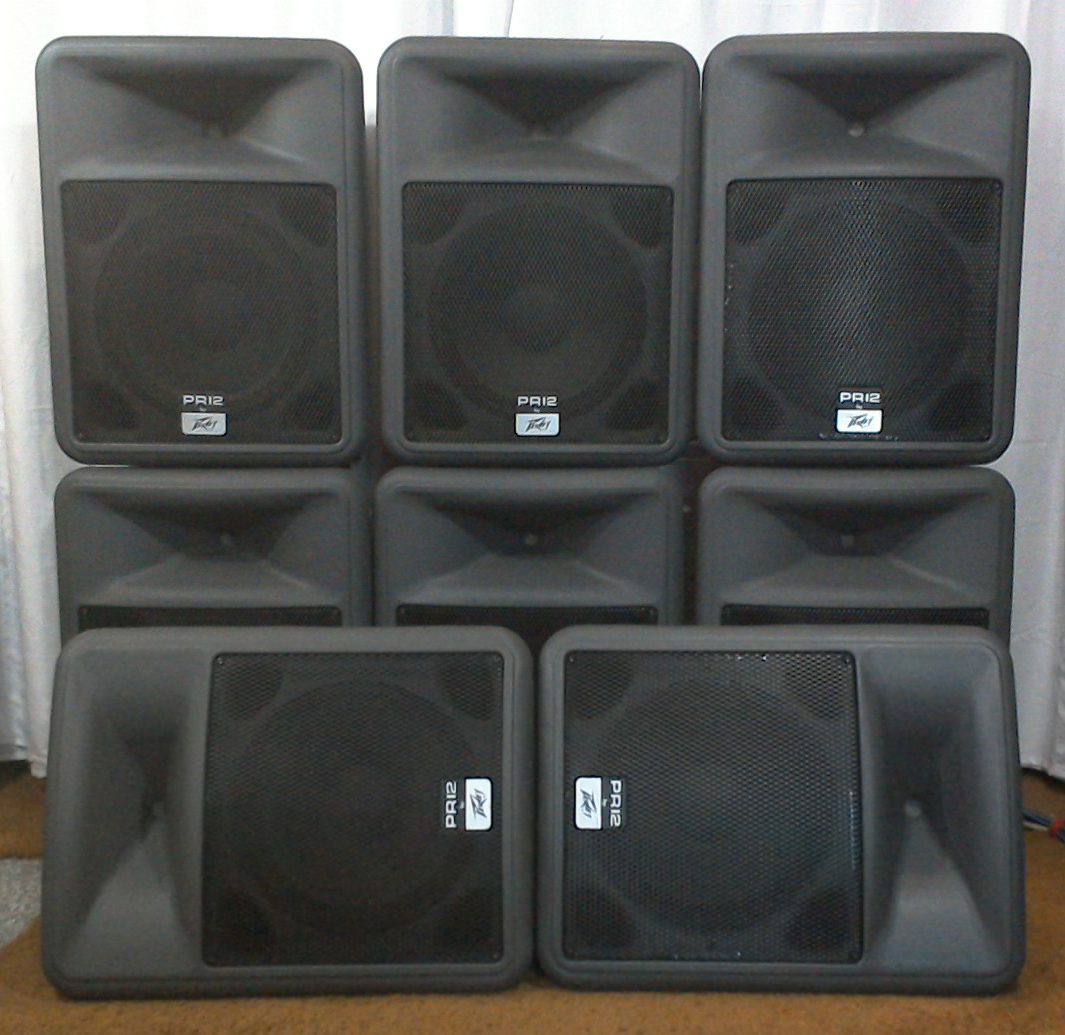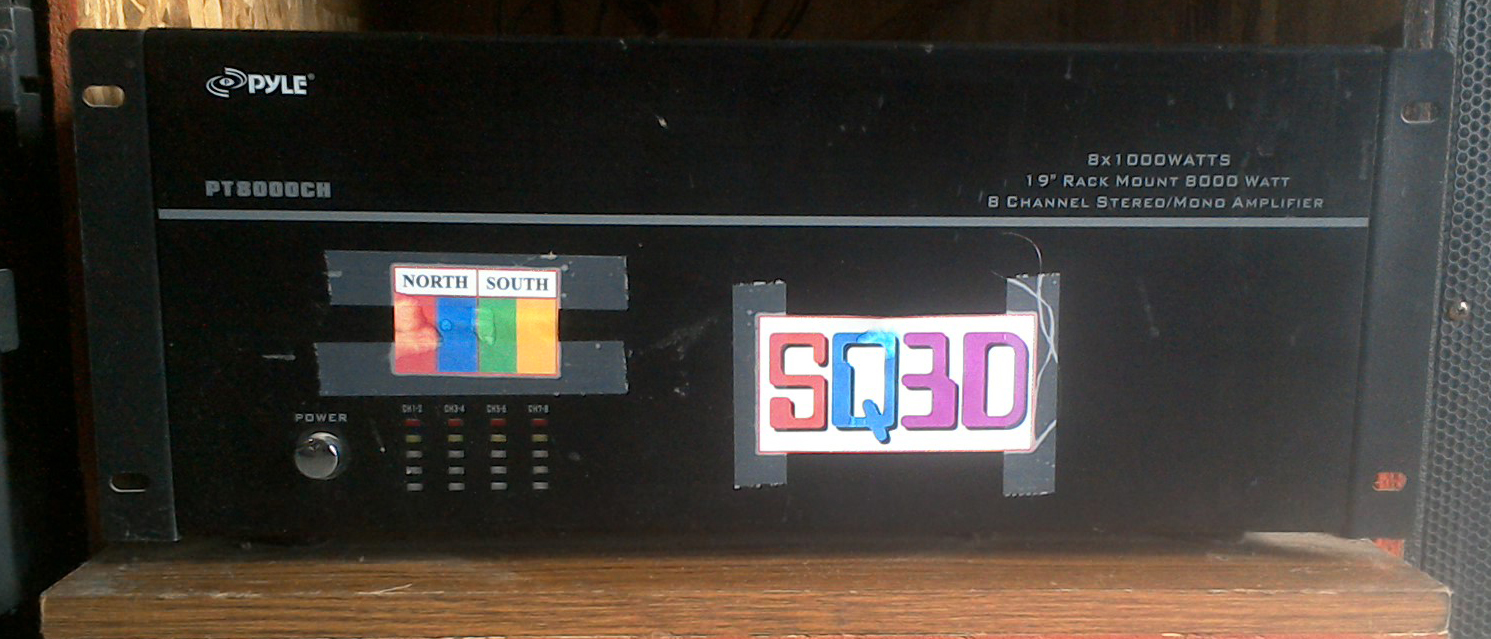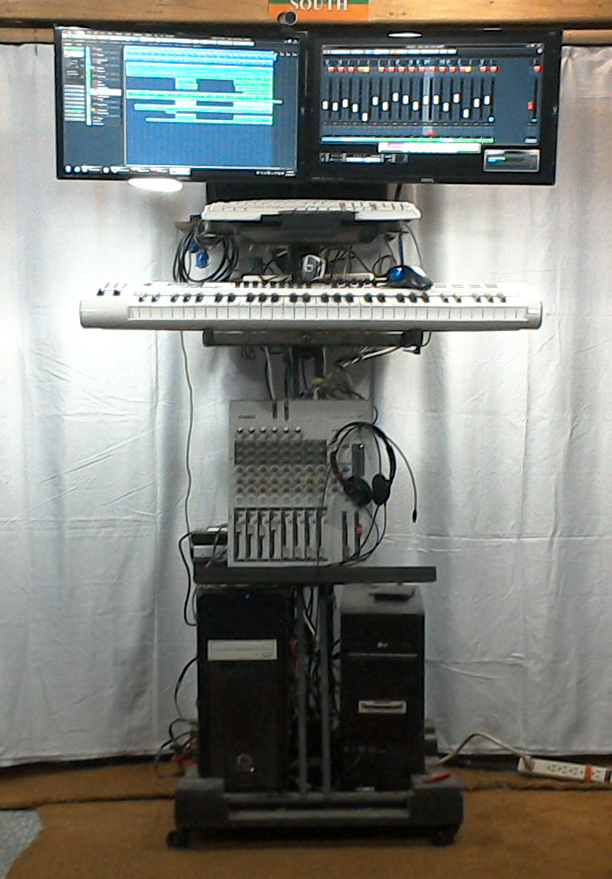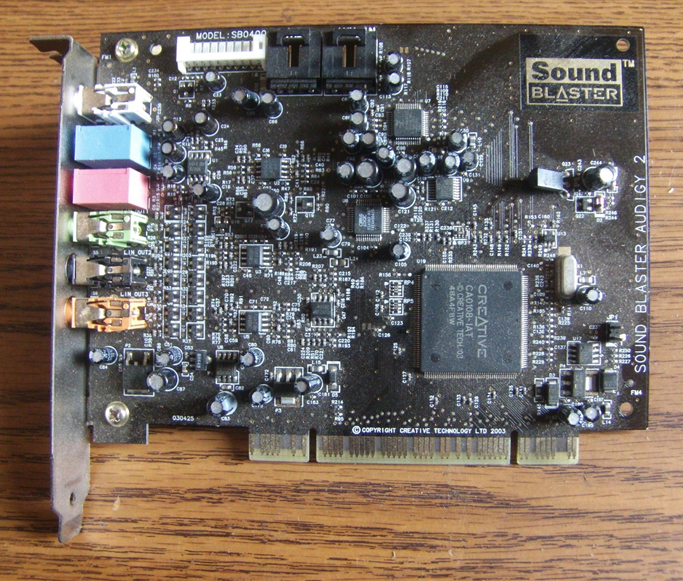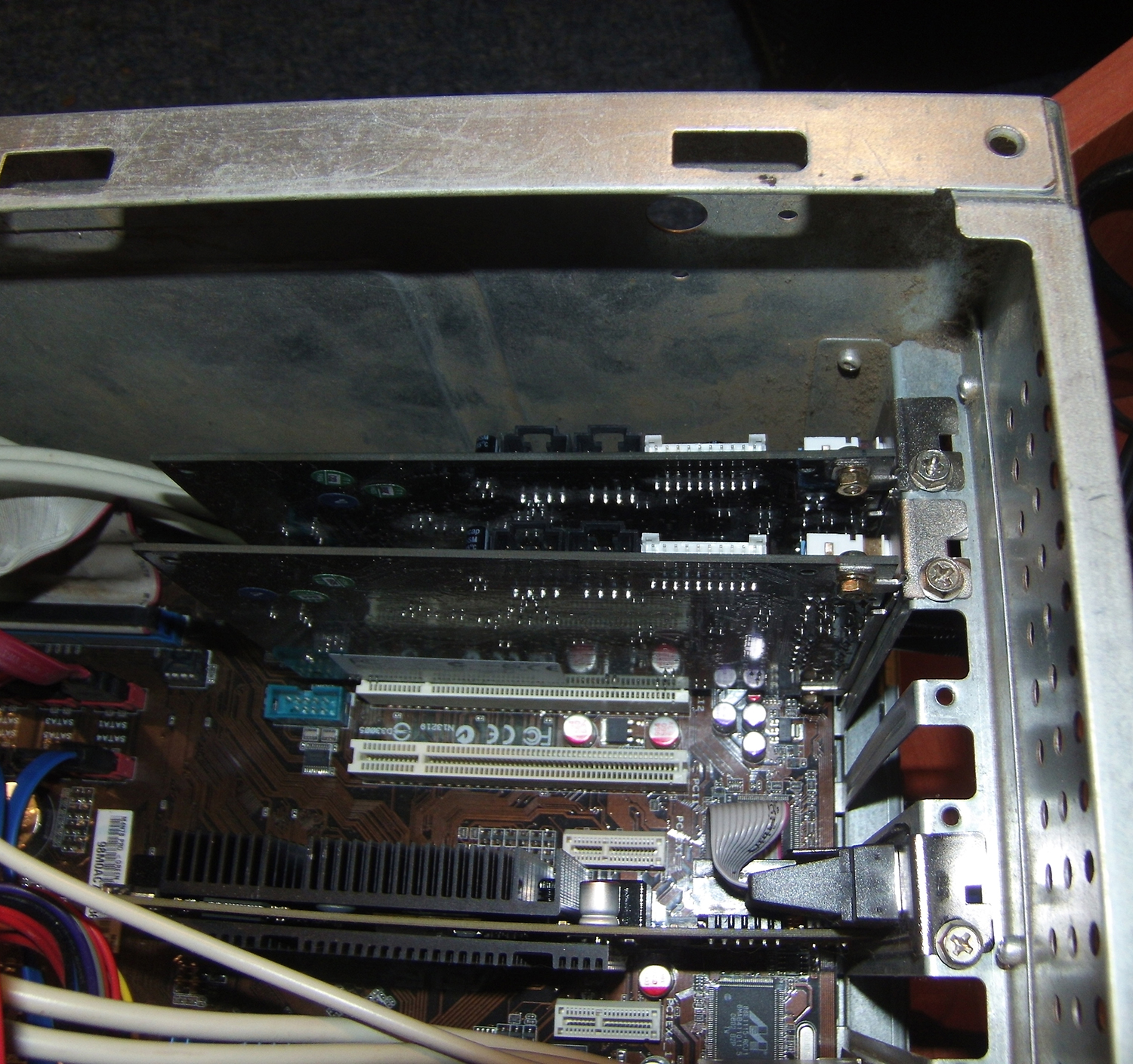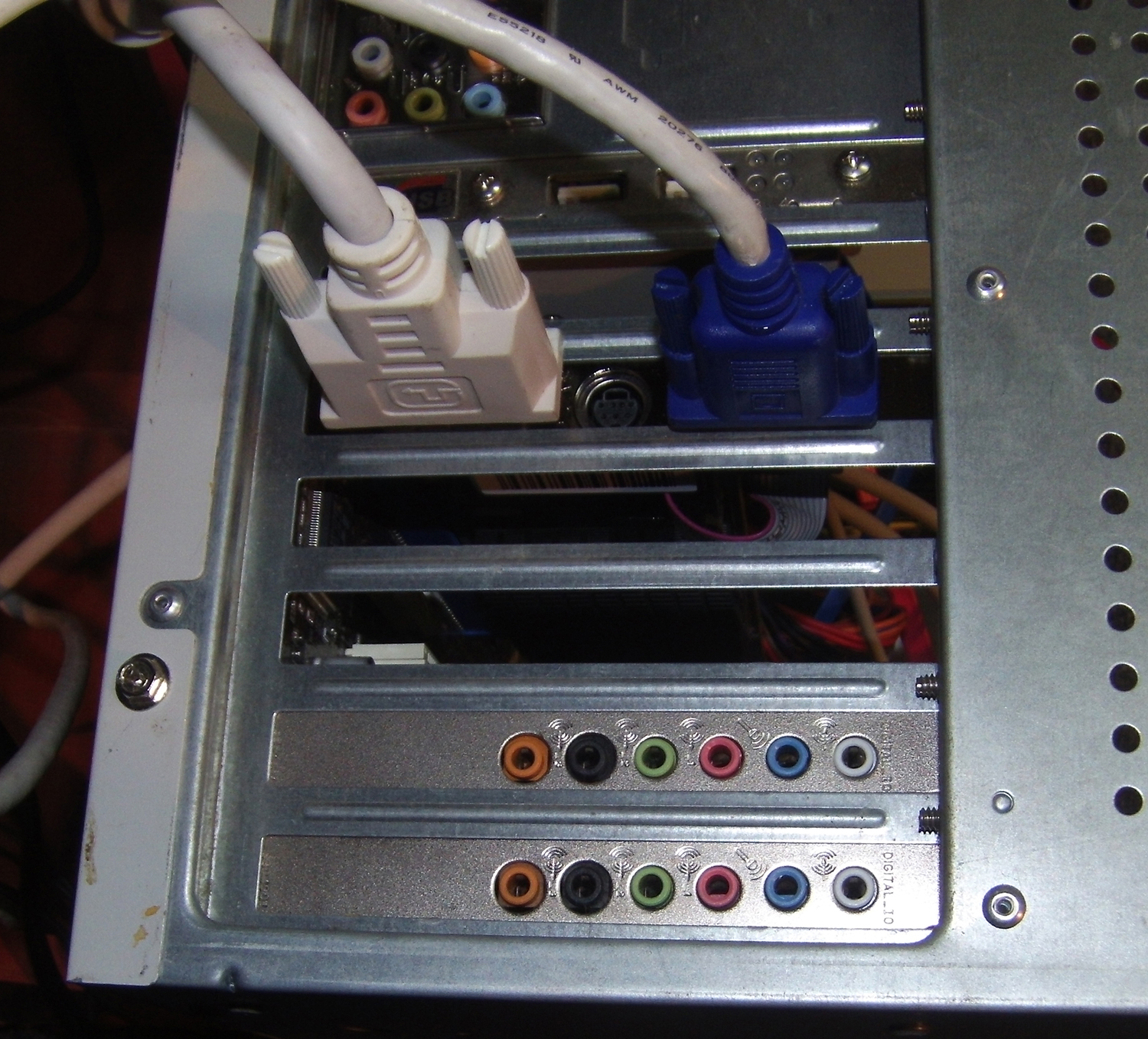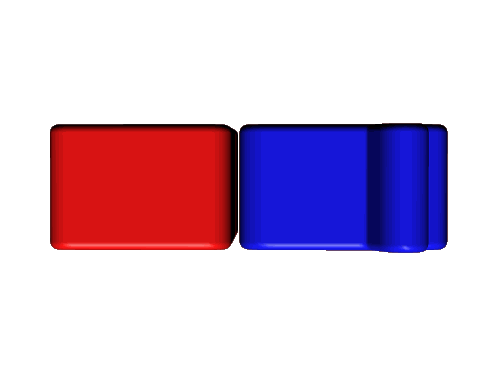
|
|
Stereo
|
|
Is there really a functioning prototype of a -
YES, it is true that such a three-dimensional protytype has been created.
As also explained in the Documentation section, in the simplest terms, SQ3D replaces each of the two speakers in a stereo speaker system with a quadraphonic speaker system, exponentially expanding the audio environment into a true three dimensional experience.
Which, of course, being based on the octophonic sound cube model, requires eight full range speakers - one in each corner - and amplifiers to power them. Below are images of those components in this prototype configuration.
The other critical component in this prototype configuration is the computer workstation. Below is an image of the computer workstation, codenamed Jupiter, that is the digital heart of the prototype. To be able to render, IN REAL-TIME, multiple sound sources into a minimum of eight outputs requires a computer built from the highest end components available at the time of its construction.
From top to bottom, the JUPITER workstation is composed of the following components.
It is the two identical soundcards that are the interface between the software and the speakers. To prove that it does not take any expensive sound/audio peripherals to make this work, the soundcards used in this prototype are SoundBlaster Audigy 2 - Model SB-400. (From a budget point of view, these soundcards can be purchased on eBay for under fifty dollars ($50) each.) The only consideration using PCI peripherals is that the motherboard needs to have two PCI slots.
These sound cards are surround-sound capable with a total of six separate channels each, making twelve separate channels available.
Eight of those twelve channels are configured to serve as the eight corners of the sound cube, leaving the four other channels available. Those four channels are configured to provide a separate quadraphonic subwoofer system, creating an OctoPhonic Plus audio environment.
Below are images of the four Pyle Pro 15 inch subwoofer speakers and two Peavey PV 900 stereo amplifiers that provide the sound reinforcement for the subwoofer system.
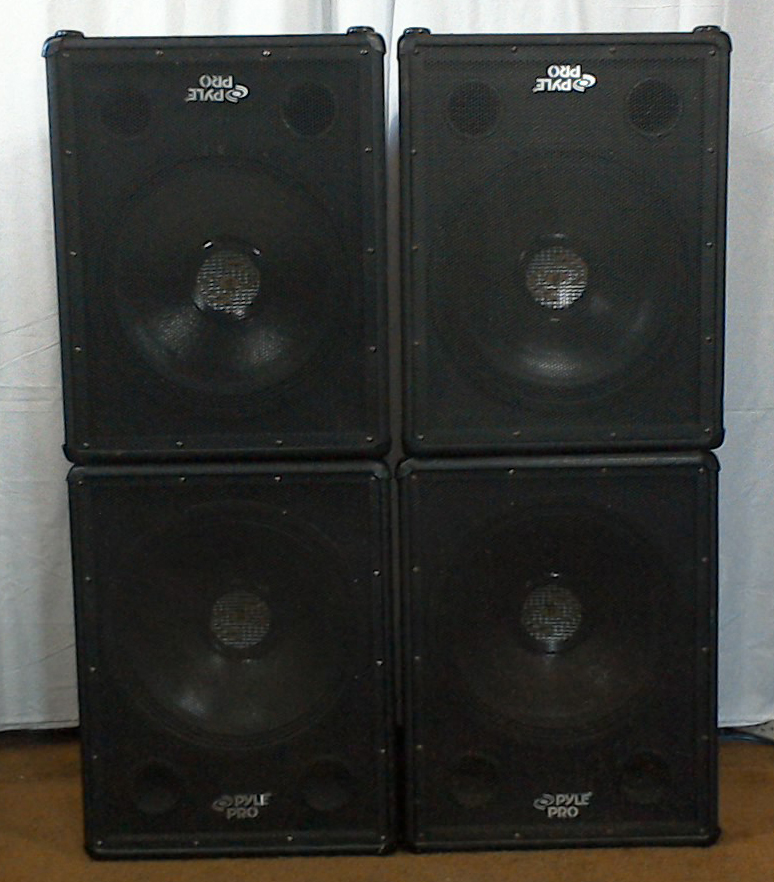
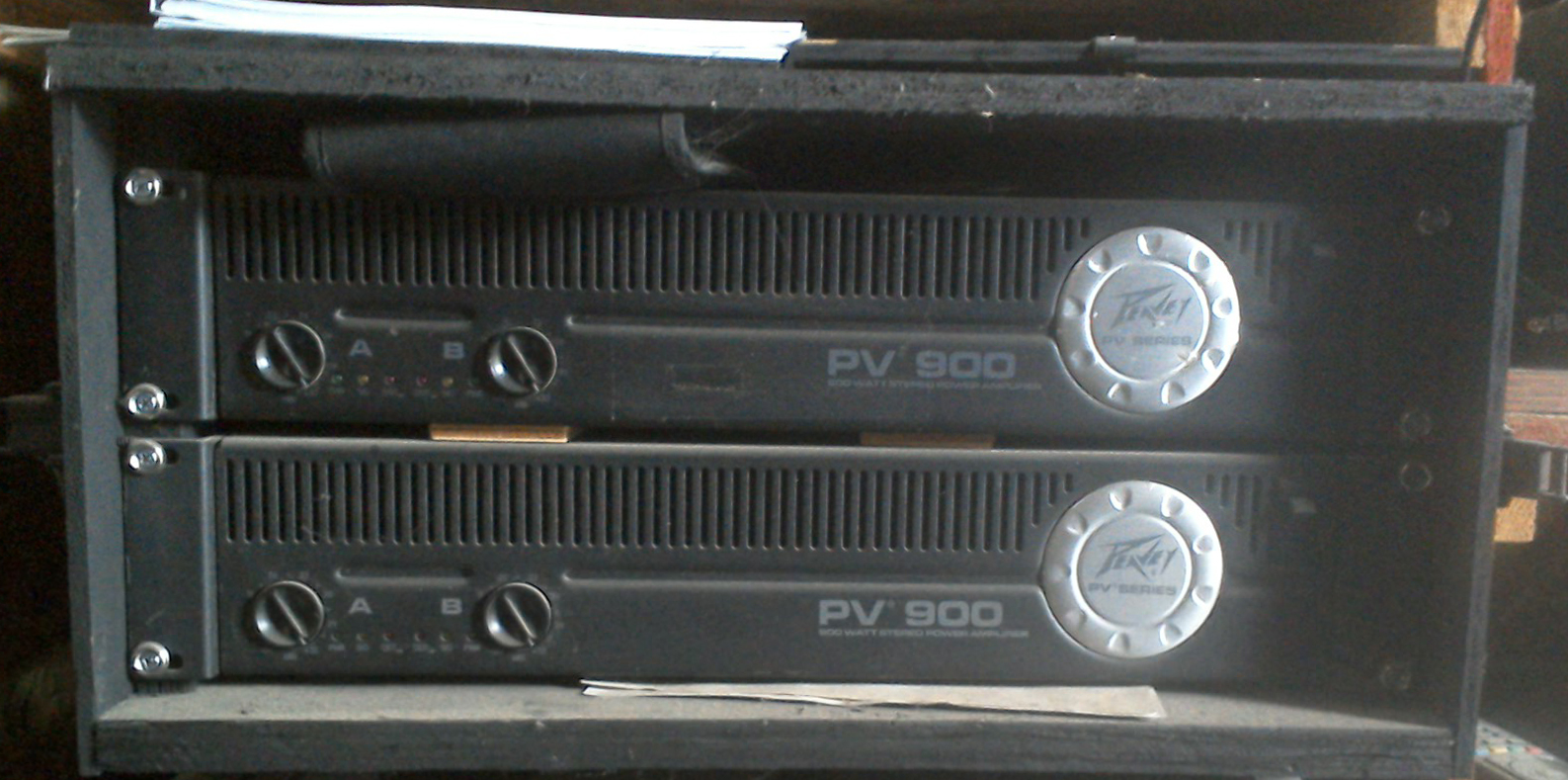
Now all that is left is to plug cables from the outputs of the soundcards to the inputs of the amplifiers and connect the speakers to the amplifiers.
The uncropped image of the JUPITER workstation below shows one of the quadraphonic speaker walls on either side. The tops of the two elevated speakers are cutoff in the image. Also visible is one side of a surround-sound speaker system also installed in the studio.
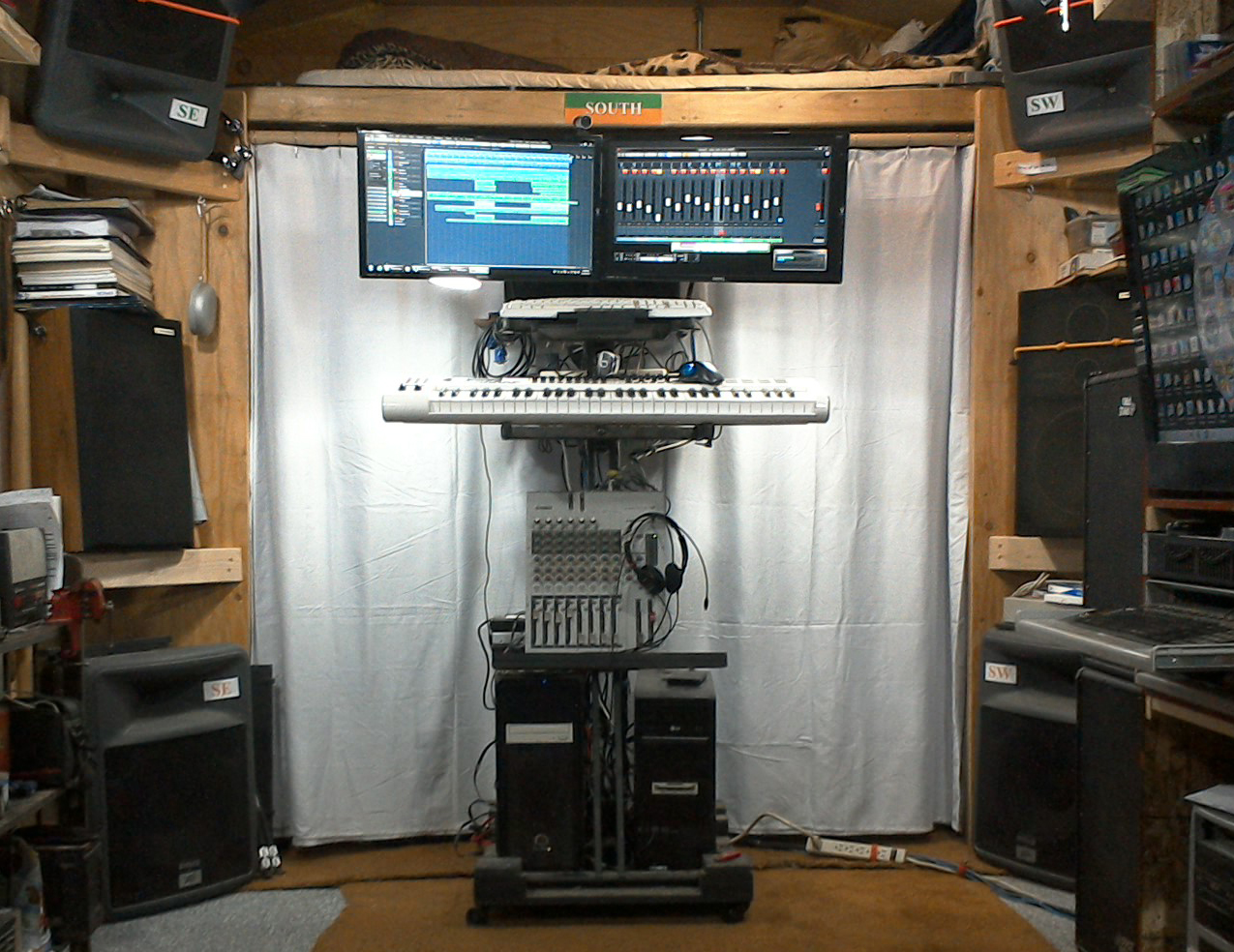
The question how to configure which soundcard outputs go to which amplifiers to which speakers is answered by clicking on the link below. All Content is © Copyright 2016-2021 All Rights Reserved |
